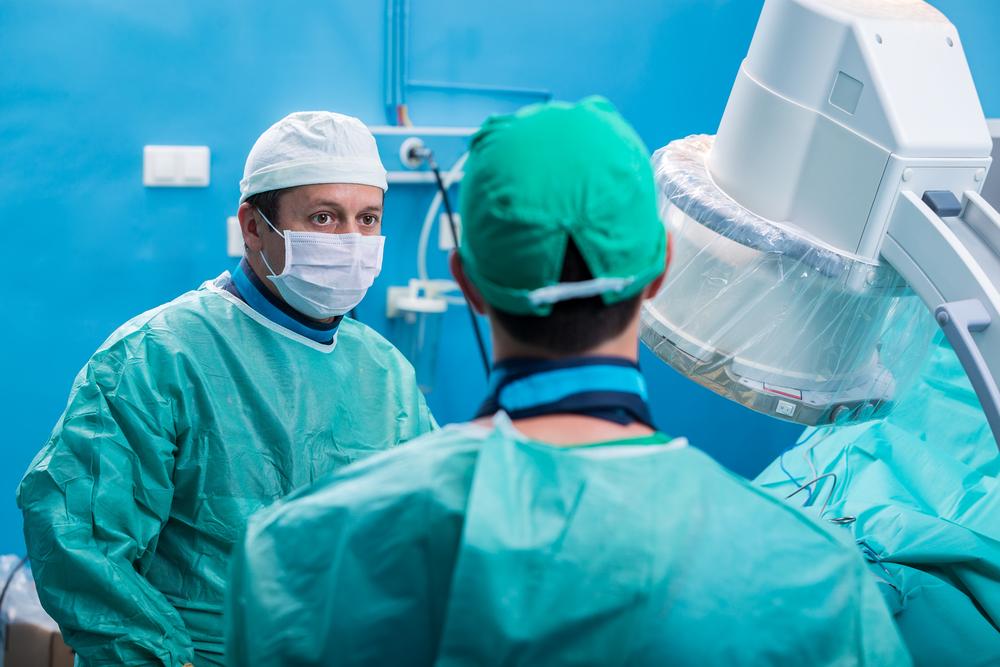Revolutionizing Heart Health: The Evolution and Impact of Advanced Cardiac Ablation Techniques
Advanced cardiac ablation represents a significant breakthrough in treating arrhythmias, combining minimally invasive techniques with high success rates. This comprehensive guide explores the procedure's purpose, methods, benefits, and recent advancements, highlighting its vital role in modern heart rhythm management. Suitable for patients with persistent arrhythmias or medication intolerance, ablation improves quality of life and reduces serious risks like stroke or sudden cardiac arrest. With continuous technological improvements, cardiac ablation is set to become the standard treatment for many heart rhythm disorders, offering hope and effective solutions for millions worldwide.

Comprehensive Guide to Cardiac Ablation: A Cutting-Edge Solution for Heart Rhythm Disorders
Understanding Cardiac Ablation and Its Significance in Treating Irregular Heartbeats
Cardiac ablation has emerged as one of the most transformative minimally invasive procedures in modern cardiology, providing new hope for patients suffering from chronic arrhythmias and other heart rhythm disorders. This innovative technology is designed to correct abnormal electrical signals within the heart, restoring normal rhythm and significantly improving quality of life for many individuals. As our understanding of arrhythmias deepens, and technology advances, cardiac ablation continues to evolve, offering safer, more effective treatment options.
At its core, cardiac ablation involves targeted destruction of problematic tissues responsible for irregular electrical activity. This is achieved without the need for open-heart surgery, thanks to catheter-based techniques that utilize either heat or cold energy to create precise scars within the heart. These scars block the faulty electrical pathways, stopping arrhythmias in their tracks, sometimes permanently. The procedure has transformed the management of many cardiac conditions, especially those resistant to medication or intolerant of drug side effects.
Compared to traditional open-heart surgeries, catheter-based ablation offers a less invasive approach, leading to shorter hospital stays and faster recovery times. To understand the significance of this procedure, it’s important to explore what cardiac ablation entails, how it works, and the types of arrhythmias it effectively treats.
What Is Cardiac Ablation?
Every heartbeat is a finely tuned electrical event. Tiny electrical impulses travel through specific pathways within the heart to trigger the contractions that pump blood efficiently. When these electrical signals become abnormal—either too fast, too slow, or irregular—it results in arrhythmias, which, if left untreated, can lead to serious complications including stroke, heart failure, or sudden cardiac arrest.
Cardiac ablation aims to identify and eliminate the electrical misfires within the heart. The procedure targets specific areas of tissue that generate or conduct abnormal signals. By destroying these areas, either with heat (radiofrequency energy) or cold (cryoablation), the procedure effectively halts the faulty electrical pathways, restoring a healthy rhythm.
This intervention is especially suitable for patients who have not responded well to medications, have high-risk arrhythmias, or experience significant side effects from drug therapy. Certain conditions like supraventricular tachycardia (SVT), Wolff-Parkinson-White syndrome, and persistent atrial fibrillation (AFib) are common indications for ablation.
Patients with high arrhythmia risk, including those susceptible to sudden cardiac arrest
Individuals diagnosed with specific arrhythmias that respond well to ablation
Patients experiencing adverse effects from ongoing medication treatments
Cases where medication has failed to control symptoms effectively
Assessing the Success of Cardiac Ablation in Managing Heart Rhythm Disorders
Recent clinical studies and extensive research have demonstrated the high success rates associated with catheter ablation, particularly in treating atrial fibrillation (AFib). Data from leading cardiology research indicates that approximately 71% of patients who undergo ablation experience significant reduction or complete elimination of AFib episodes, with many enjoying an improved quality of life and fewer hospital admissions.
Beyond symptom control, ablation has shown promising results in improving survival rates and reducing the risk of stroke in eligible patients. The procedure’s ability to offer long-lasting relief makes it an increasingly preferred option in managing difficult arrhythmias. Advances in technology continue to enhance protocol precision, safety, and outcomes for patients worldwide.
Methods and Variations in Cardiac Ablation Procedures
Cryoablation: This method employs extreme cold temperatures to freeze and destroy problematic tissue, offering a reversible option during initial testing phases before permanent destruction.
Radiofrequency (RF) Ablation: Uses controlled heat generated by radiofrequency energy to ablate targeted tissues. RF ablation is the most common technique due to its effectiveness and precision.
The choice between cryoablation and RF ablation is determined by the specific type of arrhythmia, patient anatomy, and other health considerations. Under the supervision of specialized interventional cardiologists, the procedure involves several carefully coordinated steps aimed at maximizing safety and effectiveness:
Preparation: The patient is prepped with local anesthesia at the insertion site and sedation to ensure comfort.
Access: A small incision is made, usually in the groin, where a catheter is inserted into a blood vessel and guided toward the heart using live X-ray imaging (fluoroscopy).
Mapping: Electrodes integrated into the catheter collect data about electrical activity within the heart, helping identify the precise locations of abnormal signals.
Energy Delivery: Once problem zones are pinpointed, energy—either heat or cold—is delivered to create therapeutic scars that block abnormal pathways.
Monitoring: Continuous electrical monitoring during the procedure ensures accuracy and safety as the ablation progresses.
The sensations experienced during ablation are typically mild, such as a feeling of warmth, or slight dizziness, and most procedures last several hours with diligent intraoperative monitoring to prevent complications.
As technology advances, researchers are constantly refining ablation tools and techniques to improve success rates, reduce procedural risks, and expand indications for various types of arrhythmias. With ongoing innovation, cardiac ablation continues to redefine the future of cardiac rhythm management, offering new hope for patients worldwide.




